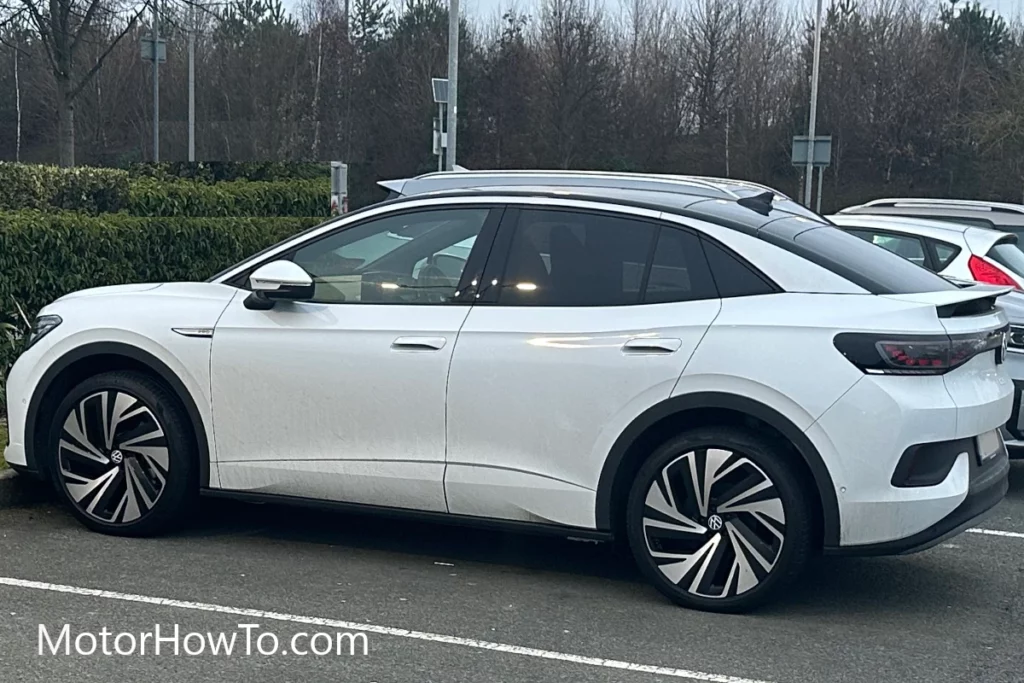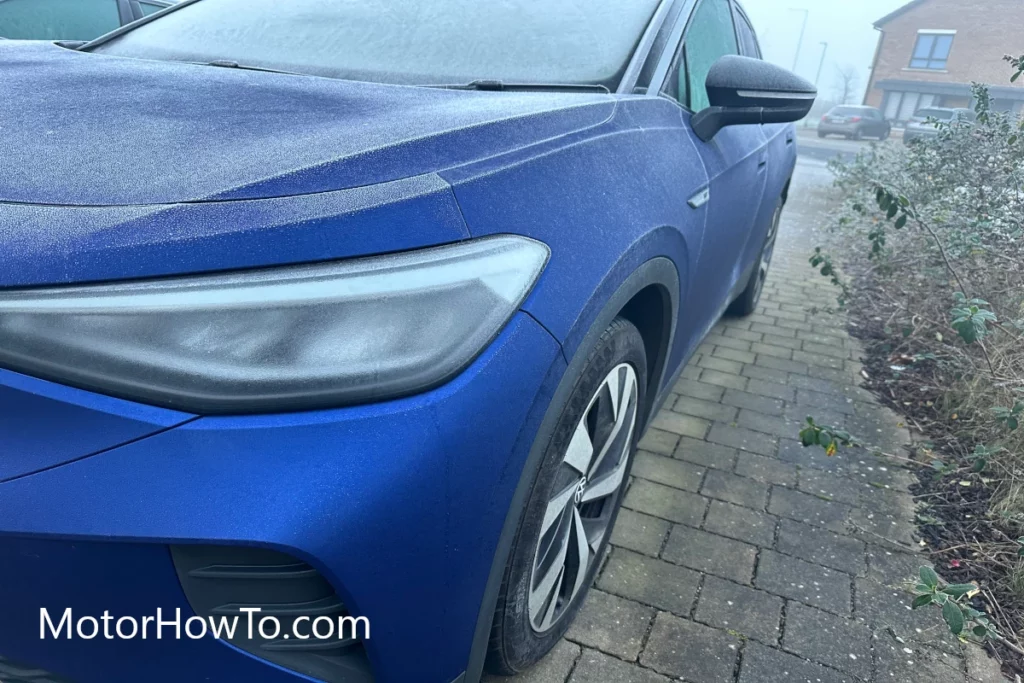The Tata Nexon EV is a fully electric compact SUV that has taken the Indian automotive market by storm.
With its impressive range, advanced technology, and attractive design, it’s no wonder that many car buyers are considering it as a viable option for their next vehicle purchase.
But is the Tata Nexon EV worth buying?
Tata Nexon EV is worth buying. It has a powerful electric motor, a long-range per charge, and a competitive price tag. This makes it a great choice for those looking for an affordable electric car with good performance.

This question has been on the minds of many car buyers as the electric vehicles (EVs) market continues to grow and evolve.
With so many different factors to consider, such as cost, performance, and sustainability, it can be difficult to determine if the Tata Nexon EV is the right choice for you.
In this article, we will dive into the details of this electric SUV and explore the pros and cons of ownership to help you make an informed decision about whether the Tata Nexon EV is worth buying.
Related:
- Is Tata Nexon EV’s Battery & Motor Technologically Different From Tesla’s?
- What If People Can’t Afford An Electric Car? (Answered)
- If You Can’t Afford Gas Buy An Electric Car (Explained)
Why Is Tata Nexon Selling So Much?
The Tata Nexon has been a best-seller in the Indian electric vehicle market due to its impressive features and affordability.
With a range of up to 312 kilometers on a single charge and fast charging capabilities, the Nexon is a practical and convenient option for daily commuters.
Additionally, the electric SUV boasts a stylish and spacious interior, making it a popular choice for families.
Another factor contributing to the success of Tata Nexon is the brand’s commitment to sustainability and reducing emissions.
With the Indian government pushing for a transition to electric vehicles, the Nexon has become a popular choice for consumers looking to make a more environmentally-friendly choice.
Furthermore, the Nexon’s low maintenance costs and instant torque make it an attractive option for those who want a smooth and efficient driving experience.
Tata Motors, the manufacturer of the Nexon, has also invested significantly in developing its electric vehicle technology, which has helped increase its popularity.
The company has implemented cutting-edge features such as regenerative braking, which captures energy you would normally lose during braking, and uses it to recharge the battery.
This, combined with its affordable price point and impressive features, has made the Tata Nexon a top contender in the electric vehicle market.
What Are The Disadvantages Of Nexon EV?
One potential disadvantage of the Tata Nexon EV is its limited charging infrastructure.
While the SUV can be charged using a standard 15-amp socket, the charging time can be quite long, making it a less convenient option for longer trips.
Additionally, the lack of widespread fast charging stations in India can be challenging for owners who need to recharge quickly.
Another disadvantage of the Nexon EV is its limited cabin space.
While the electric SUV has a spacious interior, it can feel cramped for taller passengers, especially in the rear seats.
Additionally, the Nexon EV has a smaller trunk than some of its competitors, which can be an issue for those who need more storage space.
While the electric SUV offers a smooth and efficient driving experience, it may have different acceleration and power than some gasoline-powered SUVs, which can be a concern for some drivers.
Additionally, the Nexon EV’s range can be impacted by high speeds and aggressive driving, which may be a concern for those who frequently travel long distances.
Lastly, there may be better choices than the Tata Nexon EV for those who frequently travel on highways or require a more powerful vehicle.
Is Tata Nexon EV A Reliable Car?
The Tata Nexon EV’s reliability depends on various factors, including its design, maintenance, and usage.
On the one hand, electric vehicles like the Nexon have fewer moving parts than traditional gasoline-powered vehicles, which can make them less prone to breakdowns and malfunctions.
Additionally, the Nexon’s battery and electric motor are covered by a warranty, which can provide peace of mind for owners.
However, the reliability of the Tata Nexon EV also depends on how it is used and maintained.
For example, the battery and charging system can be impacted by extreme temperatures, which can affect its range and performance. Additionally, the electric SUV’s charging infrastructure and battery technology are still developing, which can lead to reliability issues.
Finally, it’s worth noting that the Tata Nexon EV is a relatively new vehicle, and there is limited data available on its long-term reliability.
However, the Nexon has received positive reviews from owners and industry experts, and Tata Motors has a reputation for producing reliable vehicles. While it’s difficult to make a definitive statement about the reliability of the Tata Nexon EV, it is certainly a well-designed and well-engineered electric vehicle that has the potential to be a reliable option for car buyers.
What Is The Life Of Nexon EV Battery?
A Tata Nexon EV battery’s life depends on various factors, including usage, maintenance, and environmental conditions.
Generally speaking, electric vehicle batteries are designed to last several years and retain a significant portion of their original capacity.
The Nexon’s battery is covered by a warranty, which can provide peace of mind for owners.
Tata Motors estimates that the Nexon’s battery will retain around 70-80% of its original capacity after eight years or 1.6 lakh km of usage, whichever comes first.
This is in line with industry standards for electric vehicle batteries and is a testament to the durability and reliability of Nexon’s power system.
Of course, the actual life of a Nexon EV battery will vary based on usage, maintenance, and other factors, so it’s important to consider these factors when evaluating the long-term viability of the vehicle.
Read this great article to learn more: Is Tata Nexon EV’s Battery & Motor Technologically Different From Tesla’s?
Is Nexon Costly To Maintain?
The cost of maintaining a Tata Nexon EV can vary depending on several factors, including usage, maintenance, and repairs.
On the one hand, electric vehicles like the Nexon have fewer moving parts than traditional gasoline-powered vehicles, which can make them less prone to breakdowns and malfunctions. Additionally, the Nexon’s electric drivetrain is generally simpler and more reliable than a gasoline engine, which can reduce the cost of maintenance and repairs.
However, the cost of maintaining a Tata Nexon EV can also be influenced by the cost of charging and replacing the battery.
The battery is a critical component of the Nexon, and its performance and lifespan can be impacted by factors such as usage, maintenance, and environmental conditions. Replacing the battery can be costly, so it’s important to consider the long-term cost of ownership when evaluating the Nexon EV.
It’s worth noting that the cost of charging an electric vehicle like the Tata Nexon can vary depending on electricity rates and charging habits. For example, charging the Nexon at home overnight can be much cheaper than charging it at a public fast-charging station.
Additionally, the cost of electricity can vary significantly depending on the region and time of day, so it’s important to consider these factors when evaluating the cost of owning a Nexon EV.
The cost of maintaining a Tata Nexon EV is generally lower than that of a traditional gasoline-powered vehicle. Still, it’s important to consider all the factors that can impact its cost of ownership.
Conclusion
The Tata Nexon EV is a compact SUV that has taken the Indian automotive market by storm due to its impressive range, advanced technology, and attractive design.
With a range of up to 312 kilometers on a single charge and fast charging capabilities, the Nexon is a practical and convenient option for daily commuters.
With its low maintenance costs and instant torque, the brand’s commitment to sustainability and reducing emissions has made the Tata Nexon a top contender in the electric vehicle market. However, the Tata Nexon EV does have some disadvantages.
The life of a Tata Nexon EV battery depends on usage, maintenance, and environmental conditions. It is estimated to retain around 70-80% of its original capacity after eight years or 1.6 lakh km of usage.
The limited charging infrastructure can be a challenge for owners who need to recharge quickly, and the need for widespread fast charging stations in India can also be an issue.
The limited cabin space and smaller trunk compared to competitors can concern those needing more storage space.
Additionally, the Nexon EV may not be the best choice for those who frequently travel on highways or require a more powerful vehicle.
Sources
2022 Tata Nexon EV Max Review : 11 Pros & 11 Cons
Tata Nexon becomes India’s SECOND highest-selling car
Tata Nexon EV Prime User Reviews



